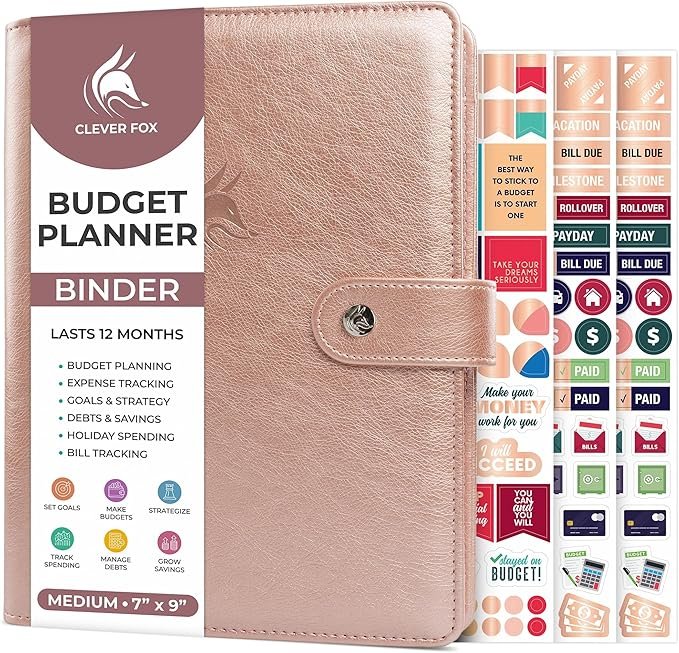Money is one of the leading causes of stress in relationships. But it doesn’t have to be. When handled with teamwork and open communication, your finances can become a powerful tool that strengthens your partnership and helps you build the life of your dreams together.
This guide provides practical, non-judgmental tips to help you stop fighting about money and start working as a financial team.

The Big Question: Joint, Separate, or Hybrid Accounts?
One of the first hurdles for many couples is deciding how to structure their bank accounts. There’s no single right answer—the best system is the one that works for you. Let’s break down the three common models.
1. Fully Joint Accounts (“What’s Mine is Ours”)
All income goes into one shared checking account, and all bills are paid from it.
- Pros: Promotes complete transparency and simplifies bill payments. It truly fosters a sense of a single financial entity.
- Cons: Can lead to a loss of personal autonomy. Disagreements can arise if partners have different spending habits.

2. Fully Separate Accounts (“Yours and Mine”)
You each maintain your own individual accounts and develop a system for splitting shared expenses (e.g., one person pays rent, the other pays for utilities and groceries).
- Pros: Allows for complete financial independence and control over your own money.
- Cons: Can feel like you’re leading separate lives rather than working as a team. Splitting every bill can become tedious and complicated.
3. The Hybrid Approach (“Yours, Mine, and Ours”) – (Highly Recommended)
This is the most popular and often most effective method. You each keep your separate checking accounts for personal, guilt-free spending, and you open a new joint account for shared household expenses.
- How it works: Each payday, you both contribute an agreed-upon amount to the joint account to cover things like the mortgage/rent, utilities, groceries, and savings goals. The money left in your personal accounts is yours to spend as you wish.
- Why it works: It offers the perfect balance of teamwork for shared goals and autonomy for individual spending, reducing potential friction.
10 Tips for Healthy Financial Communication
A system of accounts is useless without open and honest communication. Here are ten actionable strategies to get you started.
1. Schedule a “Financial Date Night” 🗓️ Set aside a relaxed, regular time each month to talk about money. Frame it as a positive planning session, not a confrontation. Grab a pizza, pour a glass of wine, and sit down to review your budget, track your goals, and check in with each other.
2. Be Radically Transparent Successful financial partnership requires total honesty. This means sharing everything: income, debts (student loans, credit cards), spending habits, and even your financial fears or past mistakes. Secrets will only erode trust.
3. Set Shared Financial Goals Money is just a tool to build a life you love. What do you want to achieve together? Dream big! Do you want to be debt-free in three years? Save for a down payment on a house? Take an international trip? A shared goal is the ultimate motivator and turns you into a powerful team.

4. Create a Unified Budget You can’t manage what you don’t measure. Whether you use a spreadsheet or a budgeting app, you need a unified plan for your combined income. Tracking your spending together provides a clear, objective look at where your money is going and where you can make changes.
5. Agree on Spending Limits Prevent resentment over surprise purchases by agreeing on a spending threshold. For example, decide that any non-essential purchase over $150 requires a quick conversation first. This isn’t about asking for permission; it’s about showing respect for your shared goals.
6. Respect Different “Money Personalities” One of you might be a natural saver, while the other is a natural spender. Neither is inherently “right” or “wrong.” Instead of trying to change your partner, understand their perspective and find a compromise within your budget that works for both of you.
7. Assign Financial Roles Play to each other’s strengths. Is one of you more organized? Maybe they can be in charge of making sure bills are paid on time. Is the other more interested in the big picture? They could track your investment and savings goals. Dividing tasks prevents one person from carrying the entire mental load.
8. Celebrate Your Wins Did you pay off a credit card? Did you hit your savings goal for the month? Acknowledge and celebrate it! Positive reinforcement makes the process more enjoyable and keeps you both motivated.
9. Use “I” Statements, Not “You” Statements The way you talk about money is everything. Instead of saying, “You spend way too much on gadgets,” try, “I feel anxious when I see large, unexpected expenses because I’m worried about hitting our savings goal.” This focuses on your feelings rather than placing blame.
10. Build Your Emergency Fund Together Your first shared financial goal should be creating a solid emergency fund (3-6 months of essential living expenses). This is your safety net against unexpected events like job loss or medical bills and is the foundation of a secure financial future.
To effectively track your progress and stay motivated, a dedicated planner can be a game-changer. The Clever Fox Budget Planner & Monthly Bill Organizer is a fantastic tool available on Amazon that helps you set savings goals, track your spending, and visually monitor your emergency fund growth. By putting pen to paper, you create a powerful habit and a clear record of how far you’ve come on your path to financial security.

Frequently Asked Questions (FAQ)
How do we manage money if one of us earns significantly more?
Focus on contribution percentages rather than equal dollar amounts. For example, if one partner earns 65% of the total household income, they could contribute 65% of the money needed for the joint account. This keeps contributions fair and proportional.
What if my partner has a lot of debt?
If you are a team, it is “our” debt, not “your” debt. Be transparent about the full amount and create a unified plan to tackle it together. Ignoring it will only strain the relationship in the long run.
How often should we have a “financial date night”?
Once a month is a great starting point for a detailed review. It’s also healthy to have brief, informal check-ins every week or two to ensure you’re both staying on track with your budget.
With the economic uncertainties of 2025, a single unexpected expense can derail your financial goals. But what if you could face a surprise medical bill, a sudden car repair, or even a job loss with confidence instead of fear? Building an emergency fund is the single most important step toward true financial security and peace of mind. Our comprehensive guide, “How to Build an Emergency Fund in 2025,” breaks down exactly how much you need, the best places to keep your money, and a simple step-by-step plan to get started today. Stop letting financial anxiety control your future—click here to build your safety net.
